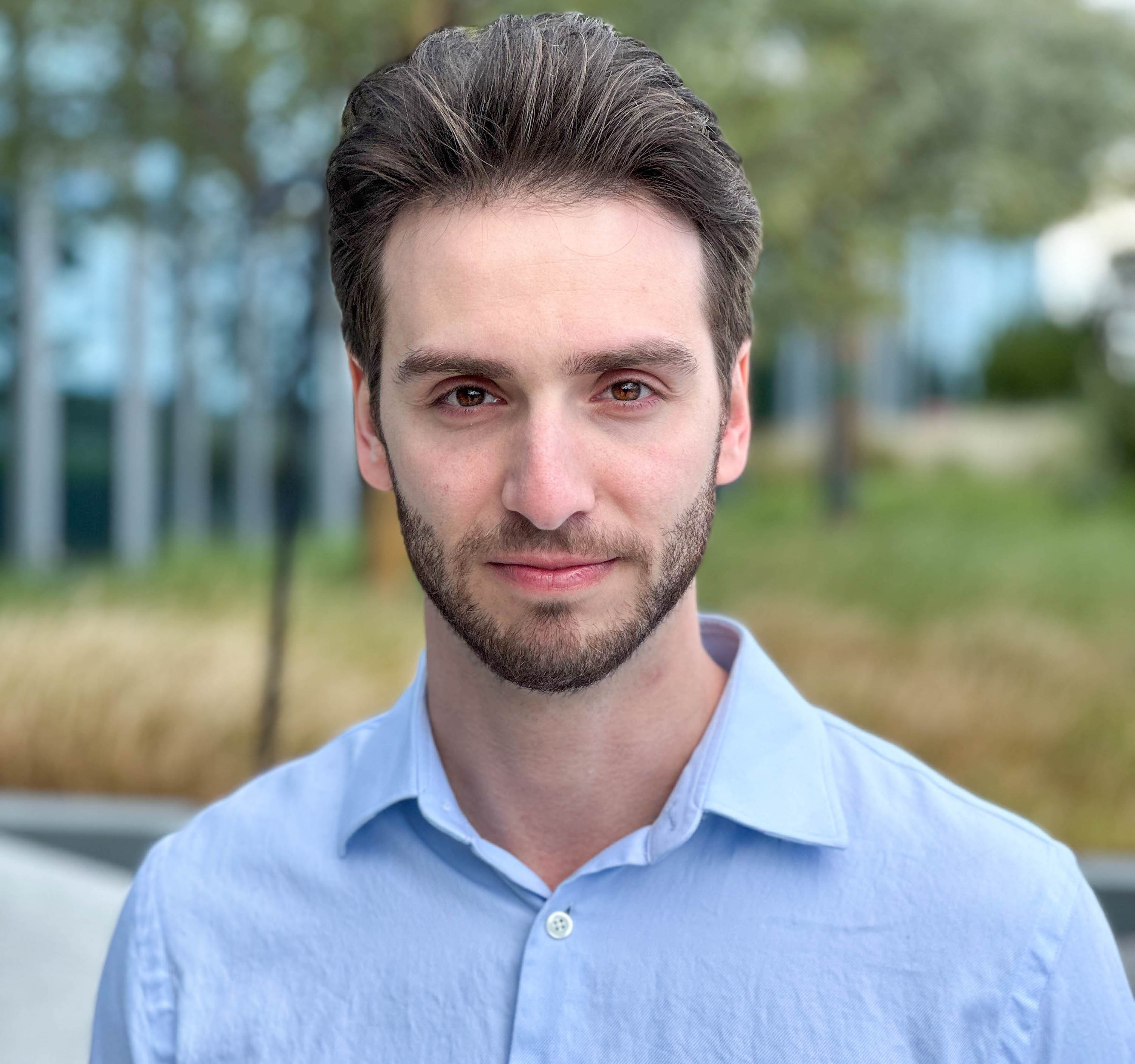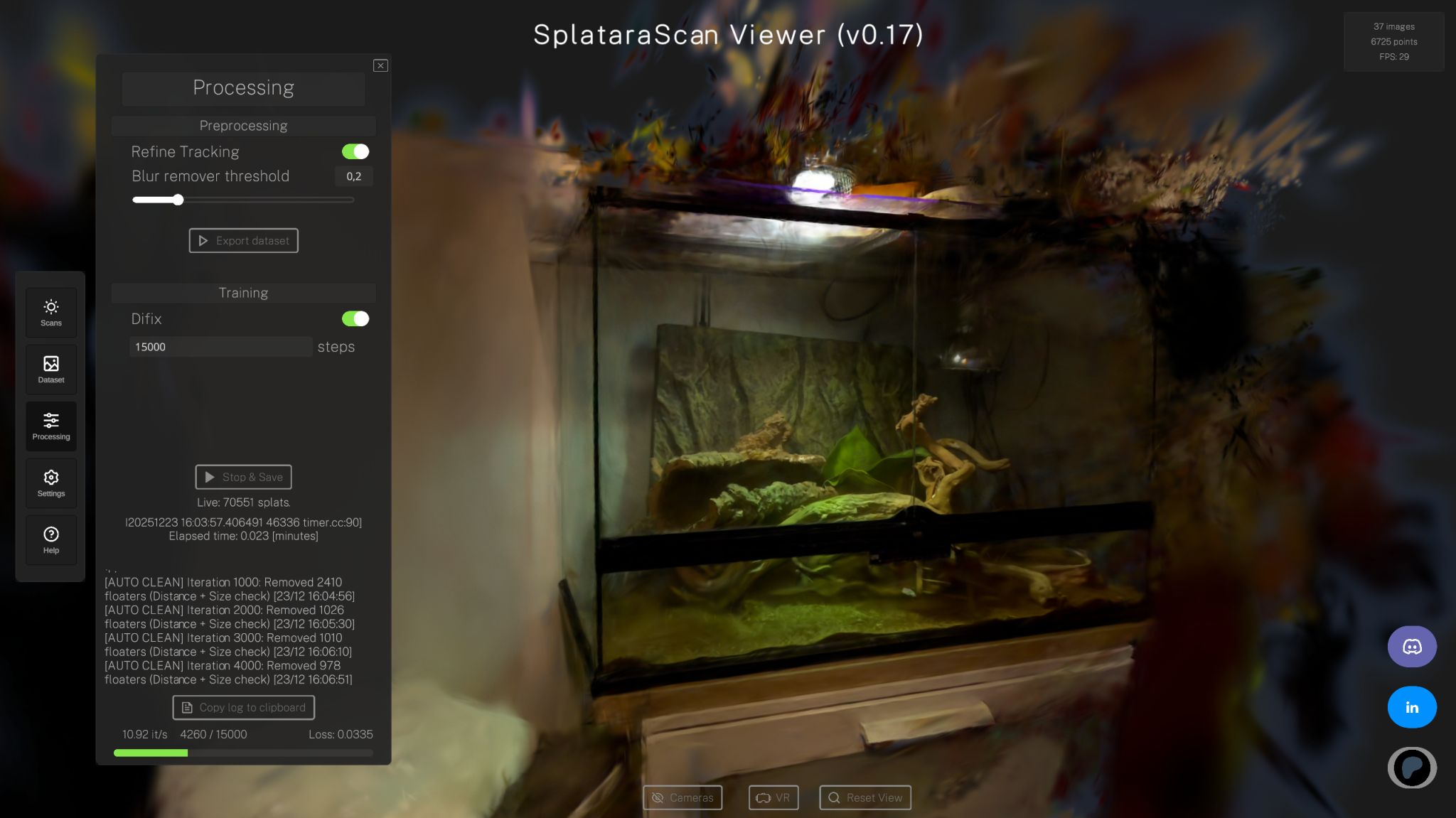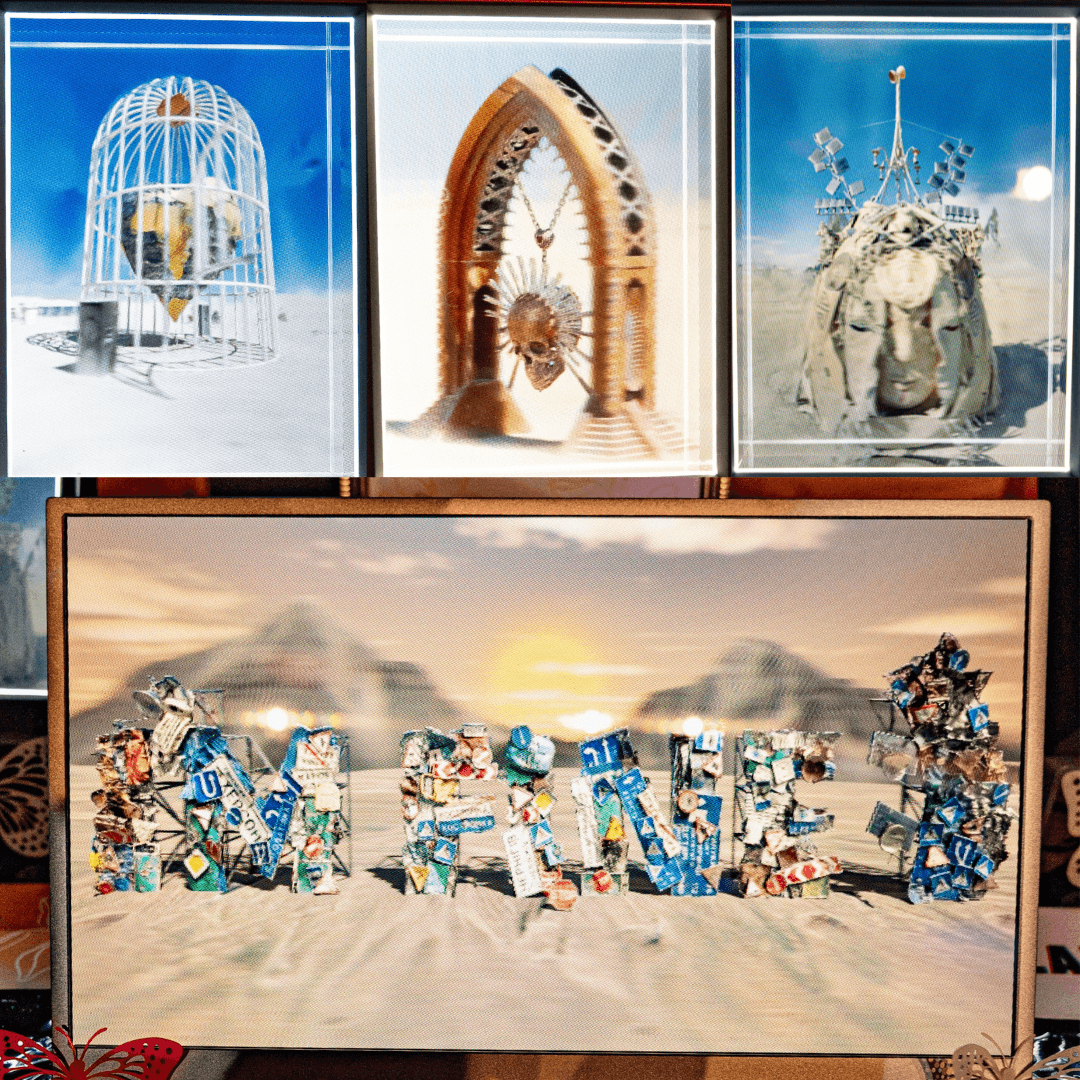
Michael Rubloff
Apr 11, 2025
The industry’s most capable Gaussian Splatting editor just got even better. With the release of SuperSplat 2.5, users are getting a fresh set of features focused on color control, improved usability, and, perhaps most notably, a major step forward for the SuperSplat viewer.
One of the standout additions in this update is the introduction of new color tools that allow users to fine tune the look and feel of their splats directly within the editor. Color temperature control, contributed by Simon Bethke, lets you easily warm up or cool down the visual tone of your scene. Meanwhile, a new saturation slider gives you the flexibility to boost or soften the intensity of colors with a single adjustment. These new options provide greater creative control without complicating the workflow, and the inclusion of localized UI strings for the color panel ensures a smoother experience for users around the world.
This release also brings meaningful improvements to camera animation exports and model import behavior. A fix to the way camera keyframes are filtered ensures that exported animations now behave more predictably and look more polished. Alongside this, the default position of the gizmo has been updated to appear at the model’s origin rather than the center of its bounding box, addressing a frequent point of confusion for users. Another thoughtful tweak prevents the camera from automatically reframing the view every time a model is imported, making the editor feel more stable and less interruptive during longer work sessions.
Since its debut in November 2023, SuperSplat has become the most widely used platform for editing and publishing 3D Gaussian Splats. While the SuperSplat Editor has always been open source, the viewer remained proprietary, until now. The team has officially released the viewer on GitHub under the permissive MIT license, marking a new chapter for accessibility and innovation in the 3DGS space.
The viewer is packed with features designed for performance, fidelity, and immersion. Built on the PlayCanvas Engine, it delivers high frame rates and top-tier visual quality, with full support for AR and VR via WebXR. Users can view splats in their physical space, explore environments in full VR, switch between orbit and fly-through camera modes, and even watch smooth camera animations rendered in real time. With fullscreen support and a modern interface, the experience is polished across both desktop and mobile.
What’s more, the viewer can now be either self-hosted or used through the SuperSplat platform, offering full flexibility depending on your needs. The team has also teased upcoming features like in-scene annotations, which will allow creators to embed contextual notes or callouts directly inside their 3D content.
By decoupling and open sourcing the viewer, SuperSplat is laying the groundwork for broader adoption across the ecosystem. Developers and companies now have a robust, actively maintained viewer they can integrate into their own pipelines. It’s a significant shift, especially for those still relying on legacy viewers that haven’t kept pace with recent advancements.
As always, SuperSplat remains free to use and proudly MIT licensed. For those based in or around London, it’s worth noting that the SuperSplat team is currently hiring engineers. To explore the latest features, edit your own splats, or browse the growing community gallery, head over to superspl.at and see what the future of 3D Gaussian Splatting looks like.







